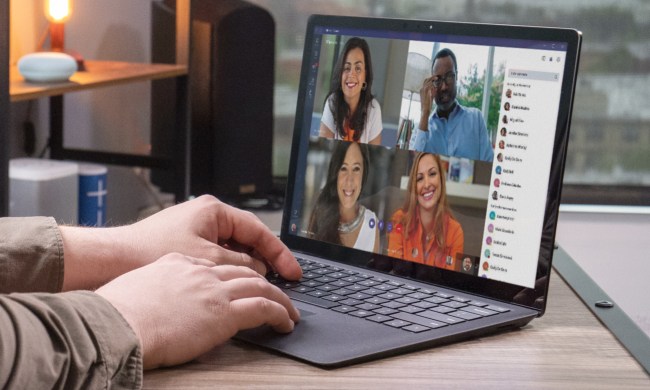After months of speculation and widespread protests, the FCC officially repealed net neutrality on December 14. The reaction was immediate, with industry bigwigs and influencers alike taking to the internet to express their views. Nothing may have changed yet, but regardless of which side you took in the battle, it’s likely the repeal will force big change in the internet — leading some to fear an end to the open internet we’ve come to know, and others believing just the opposite.
But it’s not over yet. Moments after the Restoring Internet Freedom declaratory ruling was passed by the FCC, a handful of individual states rose to challenge the decision, led by noteworthy supporters of the net neutrality bill. These challenges range from legal challenges by state attorneys general to lawmakers in California and Washington pledging to propose net neutrality-style laws for their own states.
The legal challenge from New York State Attorney General Eric Schneiderman comes after his own investigation into allegedly faked comments left by a bot during the FCC’s public feedback process. This bot posted thousands of identical messages, using the names of thousands of unaware Americans — an act Schneiderman claims would have given the FCC a false impression of the popularity of the repeal. His open letter to the FCC was joined by attorneys general from 18 states, and it’s fairly safe to assume at least a few of those states will sign on to Schneiderman’s lawsuit against the FCC.
Two months after Schneidermann issued his challenge, the legal fight began in earnest on Tuesday, January 16. Now joined by 21 other state attorneys general (bringing the total to 22), Schneidermann is challenging the repeal on the grounds that it broke federal law. Calling it “arbitrary and capricious”, Schneidermann hopes to prove that by repealing net neutrality, the FCC has reversed its policy of preventing internet providers from blocking websites or charging for faster loading times, and essentially handed the companies the chance to become gatekeepers to the internet.
Another challenging the legality of the repeal is Washington Attorney General Bob Ferguson; an official news release on Dec. 14 stated his intention to challenge the ruling. Claiming the repeal violates the Administrative Procedure Act, Ferguson is following the line set by Washington Governer Jay Inslee, who announced before the vote that Washington would be looking to introduce regulations to protect consumers in its state.
California State Senator Scott Weiner, a democrat, is also looking to introduce new regulations. Shortly after the vote, Weiner wrote on Medium that he would introduce legislation to mimic net neutrality in his state. Scott echoed the fears of many opponents of the repeal, stating “providers are now free to manipulate web traffic on their networks, which means they can speed or slow traffic to certain sites and even block access” — fears that were exacerbated in November when Comcast retracted part of its open internet pledge, and in July when Verizon was accused of throttling video services as a “test.”
Firefox creator Mozilla has also announced that it has filed a lawsuit against the FCC, joining Schneidermann and the Free Press association, which announced its lawsuit back in December.
Perhaps the largest foe of the repeal is the entire Democratic party. The Democrats have been staunch supporters of net neutrality — which makes sense, since they put it in place. The Hill reports that the Senate Minority Leader Charles Schumer is planning on using the Congressional Review Act (CRA) to reverse the FCC’s decision. The CRA was extensively used by Republicans to roll back a lot of later Obama-era legislation at the start of the year, so it’s ironic for the Democrats to now use that same tactic against the Republicans.
The FCC’s vote clearly wasn’t the end for the fight for the internet — and the battle for net neutrality is only just beginning.
Update: The legal challenge has begun as Schneidermann takes on the repeal, claiming it broke federal laws. Also added details on the legal challenge by Mozilla and the Free Press.


